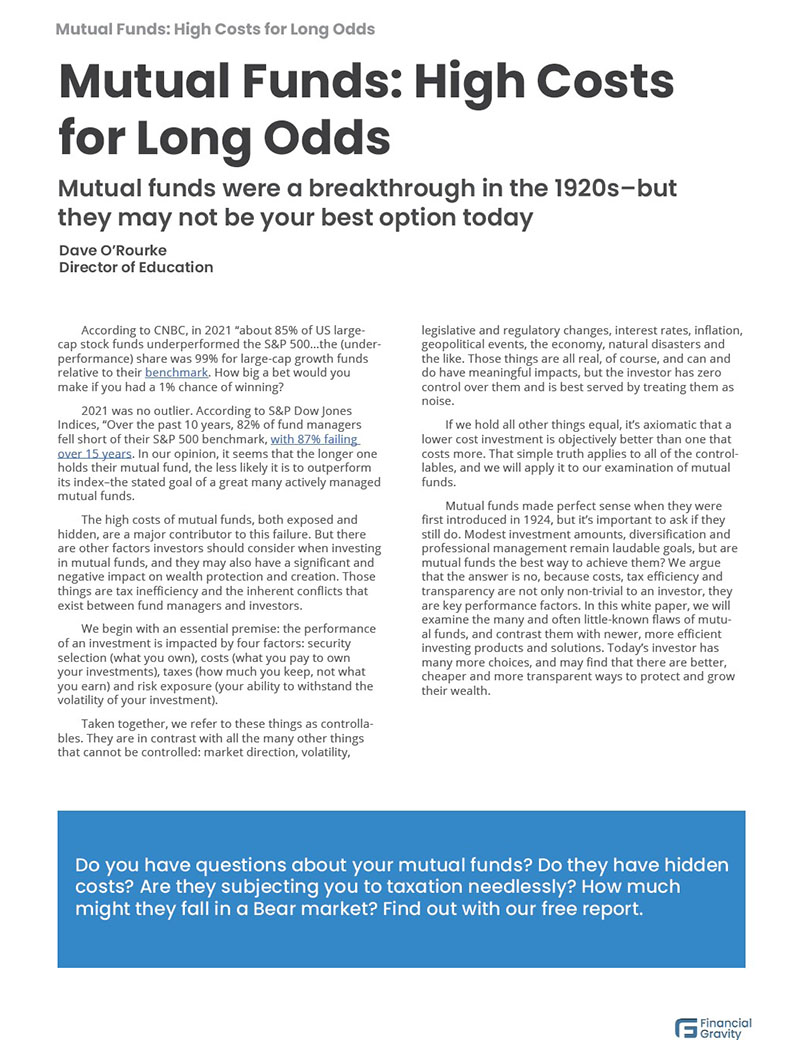As of this writing, we have a historically low volume of home sales and historically high interest rates. MoneyWatch reports that home prices in 99% of the U.S. are beyond the reach of the average income earner. Housing affordability is at its lowest level since the onset of the Great Recession in 2007.
June of 2009 marked the end of the Great Recession in the United States, according to the Federal Reserve. That month, existing home sales in the U.S. totaled 4.89 million units, as reported by the National Association of Realtors (NAR). In May of this year, per NAR, existing home sales were 4.11 million. You might think sluggish sales would mean lower prices.
In July 2020, 30-year fixed mortgage dipped below 3%. As of July 15 of this year, the rate is 6.89%. People often think of inflation as it relates to gasoline or food or the price of Nikes, but it’s been dramatic in home prices. The average monthly mortgage payment for a typical U.S. home is up 96% since March 2020. You wouldn’t be crazy to think that affordability near record lows would mean lower prices, not higher ones.
You’d be wrong. Redfin reported on July 11 that the median U.S. home sale price hit an all-time high of $397,482 during the four-week period ending July 7. Interest rates have doubled, sales are down, affordability is cratering, but prices are up to all-time highs. What explains this?
Demand and Supply
Clearly, there is still demand out there for workers who simply have to move for career or lifestyle reasons. In the old days, this sort of endemic dynamism was referred to by economists as “friction,” and it was considered a healthy sign for the economy.
Even if the number of people who have to move is relatively small overall, there are still enough people who can afford a $400,000 home to close a sale. Consider the sell side of the trade: If you live in Idaho, Texas, or Florida and your home has doubled in four years, from $200,000 to $400,000, you may want to take your profits.
The dramatic rise in interest rates has clearly affected the supply side. According to Realtor.com, nearly 82% of homeowners feel “locked-in” by their existing low-rate mortgage. When your cost of capital is lower than inflation, you have an arbitrage, and many people are loath to give it up.
We hear lots of people saying they’ll wait to buy a home until rates come back down, and we also hear people say they want to wait to sell for the same reason. But real estate prices are dynamic: lower mortgage rates could be the result of either a boom or a bust. It’s just impossible to know what’s going to happen.
What we do know is this: Current rates are actually below their 50-year average of 7.73%, according to Trading Economics. Even if rates drop, there’s no certainty how low they will go, and we should remember that the very low rates of 2020 were coincident with a pandemic and a massive economic shock.
Too Many Variables
Many factors that affect interest rates. Fed policy, for one. The Fed can manipulate rates through the fed funds rate, and it can use monetary policy by flooding the market with dollars or restricting supply. Last year, the Fed stated it expected three to four rate cuts in 2024, and so far, nada.
There is also an $85 trillion global economy that even an army of economists can’t reliably predict. When was the last time an actual report was equal to the “expected” number? Who could possibly predict the net result of a system so large and complex?
U.S. government policy and regulation is also difficult to predict, and changes in the tax code can profoundly affect real estate prices. U.S. debt has reached alarming levels and has established a new normal all its own: one trillion in new national debt every 100 days. More demand for borrowed dollars typically means higher rates.
Building costs have risen too, which dampens new home construction. Things like lumber, steel, and oriented strand board (OSB have increased by 37.7% since 2020, per Buildertrend.com. Rising wages and supply chain issues have also increased costs.
Dampened demand, higher interest rates and price inflation are a triple whammy that make real estate prices nearly impossible to forecast. The only thing, it seems, that has kept prices high and even rising, is a radical downtick in supply, both in terms of listings and new home construction.
Think Hard About Your Financial Plan
What might all this mean for investors? Uncertainty makes assets harder to value, so a prudent person might expect their home will be harder to sell. If you need to liquidate in a hurry, you should probably expect a meaningful discount. Some financial planners estimate that home prices will rise 4% per year, their long-term average. But mean reversion suggests that there will be an adjustment phase, in which prices will stabilize or fall for a period to get back to normal.
The bottom line is we don’t know, and while many will make confident guesses, nobody knows.
Real estate has always been difficult to value because there are so many variables in terms of location, amenities, school districts, deferred maintenance, building codes, and a zillion other things. A prudent person might want to take a discount from whatever their high-watermark comps were in their most recent valuation.
This complex and unpredictable situation gives us a sharp reminder that almost everything about investing is beyond our control. Given the paradoxical situation we have now, it would be wise to proceed with caution, whichever side of the trade you’re on.








